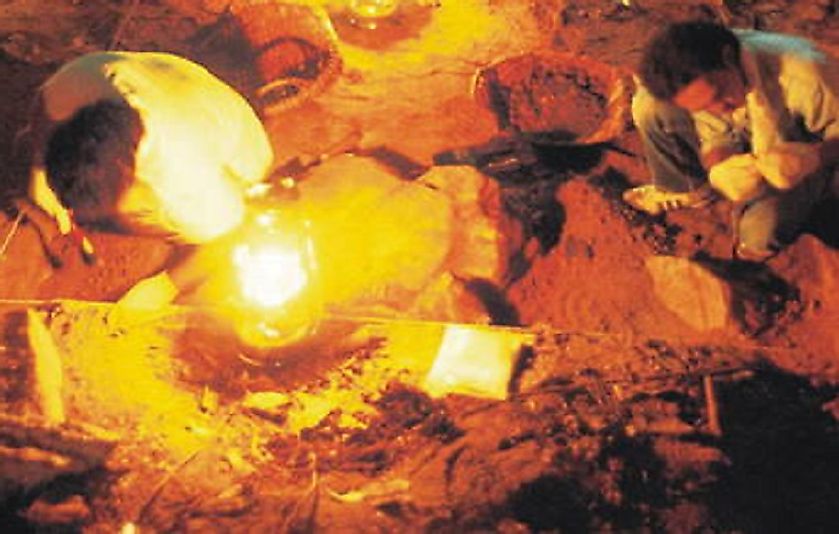Lenggong Valley - Archaeological Wonder Of Malaysia

5. Description
Inscribed as a UNESCO World Heritage Site in 2012, the archaeological treasures of the Lenggong Valley found in its caves and open air sites, are unique and outstanding, bearing witness to over 2 million years of evolutionary history. The valley, located in the Malay Peninsula in the Perak state of Malaysia, hosts four archaeological sites in two clusters along the western bank of the Perak River presenting evidence of occupation by prehistoric hominids. Artifacts belonging to the Paleolithic, Neolithic, and Iron Ages have been discovered here. The archaeological remains of the Lenggong Valley thus represent the longest records of prehistoric human habitation of the world outside the continent of Africa.
4. Historical Role
The earliest evidence of hominid habitation of the Lenggong Valley dates back to Palaeolithic Era. Four archaeological sites have been discovered in this valley, Kampung Temelong, Bukit Jawa, Kampung Gelok, and Kota Tampan. Stone tools belonging to the Paleolithic age and advanced tools and pottery samples belonging to the Neolithic Age have been uncovered at the valley. The most significant archaeological finding in the Lenggong Valley is the skeletal remains of the 11,000-year-old Perak Man. Other prehistoric artifacts discovered here include bronze tools, jewelry, porcelain containers, cave paintings, and human remains.
3. Modern Significance
Today, the Lenggong Valley serves as a major tourist spot in Malaysia visited by tourists with an interest in anthropology, history and culture. The quaint and peaceful town of Lenggong serves as the base for these tourists who visit the ancient archaeological sites flanking the town. A museum, the Lenggong Archaeological Museum at Kota Tampan displays artifacts collected from the archaeological sites. The World Heritage status of the Lenggong Valley also acts as a further boost to promote tourism in the valley. Besides tourism, historians and archaeologists believe that the site holds huge promise for further future discoveries pertaining to prehistoric human life and culture.
2. Habitat and Biodiversity
The Lenggong Valley currently is a rural area, hosting a number of kampongs located within a picturesque landscape of limestone hills and mountains covered by lush green vegetation. Trunk roads connect the town of Lenggong to the nearby towns and cities of Perak. Large areas of palm oil plantations and verdorous rainforests lie on either side of the main road leading to the town. Domestic animals like cows and buffaloes are usually sighted along the road while one travels to the town.
1. Environmental Threats and Territorial Disputes
Though the tourist footfall at the Lenggong Valley has not yet reached proportions that could threaten the integrity of the archaeological sites here, it is believed that with future infrastructural developments, a large number of tourists will arrive at the valley to explore its wonders. This necessitates the adoption of protective measures by the concerned authorities to protect the delicate ruins of the place. Encroachment by growing human settlements into the archaeological sites must also be kept at bay with the implementation of constant monitoring practices.











